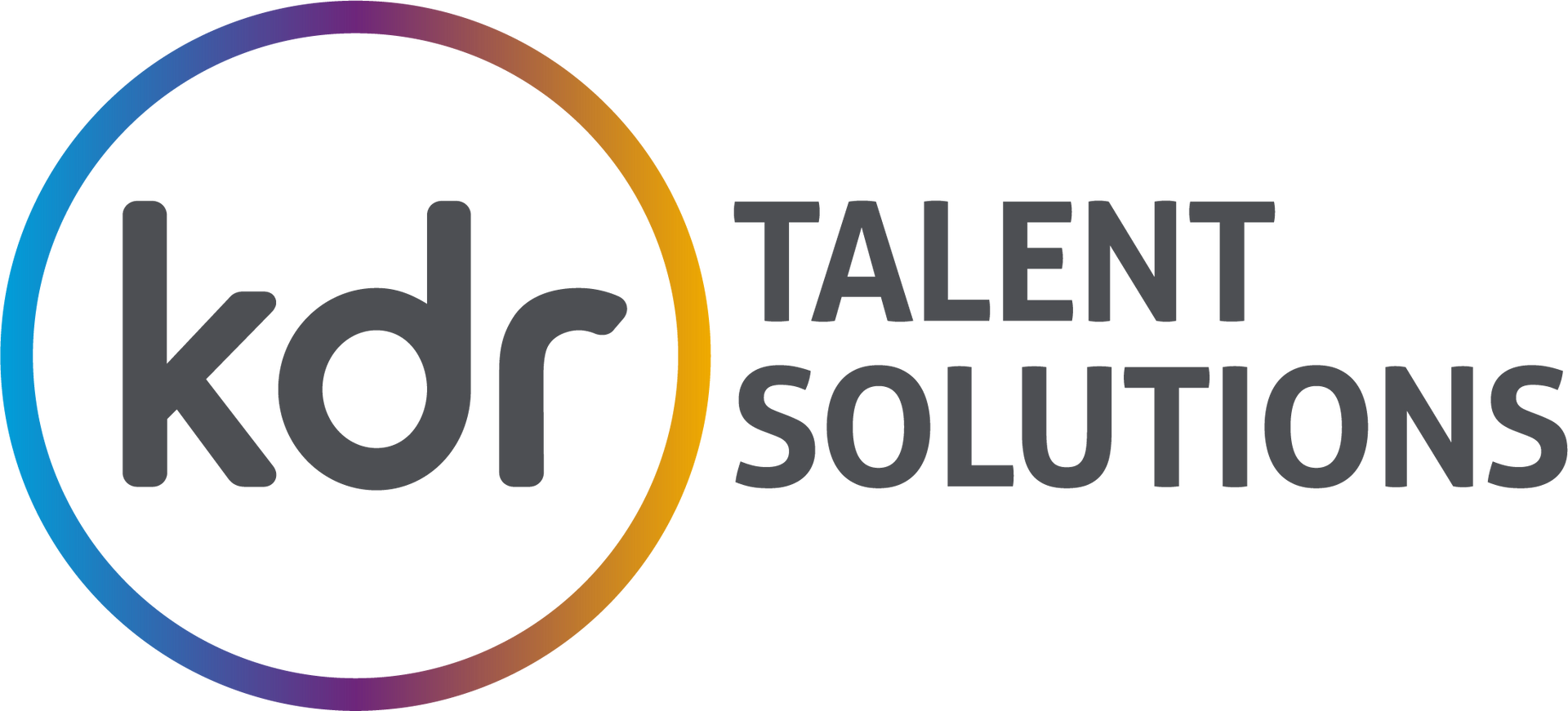Prompt Engineering for HR and Talent Acquisition
As an HR or Talent Acquisition professional understanding and leveraging prompt engineering can significantly enhance your efficiency and effectiveness.

This playbook aims to guide you through the essential aspects of prompt engineering tailored specifically to address common hiring challenges.
We will focus on 6 core areas that we have identified as key moments within a typical hiring process and by the end you will have the knowledge and framework to write your own prompts saving you hours of work.
What is Prompt Engineering?
Prompt engineering involves designing and refining prompts to get the most accurate, relevant, and helpful responses from AI tools. In the context of HR, it can streamline processes, improve candidate engagement, and provide deeper insights into recruitment data. The key to mastering this tool is in how you interact with it, how specific you are and the level of security you are able to put in place around it.
Before you get started - just a quick note around security. In order to upload and protect company documents or candidate applicant records make sure you have an enterprise edition of any open-source AI models you may be accessing, as this provides a level of security you won’t be able to achieve with personal or free accounts. If you can’t get access to an enterprise edition it is still possible to upload documents, however you must be sure that the information is anonymised before you do as there is no guarantee that the information is ringfenced.
Start by planning WHAT you want to use it for.
Examples
1.Crafting job adverts
2.Screening candidates
3.Interview question creation
4.Analyse recruitment data
5.Enhance candidate experience
6.Improve diversity and inclusion
USE CASE 1: JOB ADVERT
The key to getting the best outcome for your prompt lies within the language you use and how specific you are. If we take the first example above, “crafting job descriptions”, most people make the mistake of taking the following approach to writing a prompt: “craft a job advert for a data engineer”.
Whilst the AI tool will likely produce a job advert that covers most of the attributes of a data engineer position, it is more likely to produce something that neither represents your brand, the specifics of the role within your business or be representative of the tone of your business.
Instead, follow these steps and you will produce a much more usable and specific result.
1.List the essential skills, experience, and qualifications the role and ideal person requires.
2.Highlight the unique selling points around what makes the role and your brand attractive.
3.Then structure your prompt correctly, e.g: Create a job advert for the position of [Job Title] at [Company Name]. The ideal candidate should have [number] years of experience in [industry/field], and be proficient in [specific skills]. Key responsibilities include [list key responsibilities]. Highlight the benefits of working at [Company Name], including [list benefits]. The tone should be [include desired tone: corporate, friendly, warm, professional etc]. Include a statement around diversity and inclusion, and include a statement around reasonable adjustment requirements at the end. Include instructions for application [email:
name.surname@companyname.com with your CV or provide details of your online portal and your process].
USE CASE 2: SCREENING CANDIDATES
Using AI to help screen your candidates, especially when there are large volumes of applicants for any given role is a really good use case. You have to be very specific and meticulous in your prompting and processes so that you ensure you are not accidentally screening people out of the process.
First, identify the essential qualifications, skills and experiences required for the role. These are your "must-haves" that every candidate should meet. Distinguish between essential and desirable qualifications to help with candidate prioritisation down the line.
Assign points for each qualification and skill. Use a standardised scale (e.g., 1-10) to maintain consistency in evaluation. Weight the points according to the importance of the qualifications. For example, critical skills could have a higher point value.
Anonymise candidate profiles to prevent bias in the evaluation process. Use a unique candidate reference number for each profile to maintain confidentiality and help with organisation. (Note: If you have an enterprise edition of your AI platform you can run a prompt to remove contact details from a CV and replace with an assigned candidate reference number). The steps and prompt for this would be:
Step 1: Upload CVs, provide your ZIP file or upload individual CVs
The use this prompt:
Remove personal details from the uploaded records. Personal details to remove are:
- Name
- Address
- Phone number
- Any other identifiable information
Candidate Reference Format:
- Use the format Candidate001, Candidate002, etc.
Placement of Candidate Reference:
- Place the candidate reference at the top of the first page of each CV.
Spreadsheet Logging:
- Log the original name and the assigned candidate number in a spreadsheet named Candidate_Log.xlsx.
- Ensure that each profile includes relevant information aligned with the identified qualifications and skills. This could look like: the entire CV minus the personal details and just the candidate reference number in their place.
Upload anonymised CV’s and upload the scoring system spreadsheet of skills and qualifications required. You can then move on to craft a detailed evaluation prompt:
Evaluate the following anonymised candidate profiles for the position of [Job Title] at [Company Name]. Use the scoring system based on the listed criteria on the uploaded spreadsheet. [or Insert Detailed Criteria List]. For each candidate, provide a score based on their qualifications and a brief summary explaining the reasoning behind the score. Please refer to the candidate by their unique reference number.
USE CASE 3: INTERVIEW QUESTIONS
Looking at the interview questions next, you need to develop relevant and insightful interview questions, that are consistent and universal for each candidate
.
The 3 steps you would take are:
1.Spend time looking at the core competencies important for the role. Focus on skills, experience and cultural value add (cultural value add as opposed to cultural fit is where you look at what your team needs to increase diversity with harmony v’s herd thinking where people are too similar and where the typical outcome results in stifled innovation or diversity of thinking).
2. Ensure questions are specific to the job requirements.
3. Use the following prompt template for generating interview questions: Generate a list of interview questions for the position of [Job Title] at [Company Name]. Questions should assess the candidate’s experience in [specific area], their skills in [specific skills], and what they will bring to the team. Use this culture profile [insert culture profile of existing team] to devise questions aimed at finding candidates that will compliment and add value and diversity, without conflict, rather than looking for exact culture fit.
USE CASE 4: RECRUITMENT DATA
Extracting actionable insights from recruitment data is another area that AI can help you to speed up the process. This section requires a little more work upfront than some of the other sections, but once this is done it is a matter of plugging the latest data into the prompt to gain the insights.
1.The first thing you need to do is to identify the key metrics you want to measure. Some examples of the metrics that matter to most are time-to-hire, source of hire, and candidate quality. Gather this information – potentially on a spreadsheet – and upload to the AI platform.
2.Structure your prompt using the following template: Analyse the recruitment data for [Company Name]. Using the uploaded spreadsheets as the data source, focus on the following metrics: [list metrics]. Provide insights and recommendations based on the data trends.
Maintaining communication and engagement with candidates throughout the recruitment process is important. When it comes to enhancing candidate experience AI can be a useful tool to craft personalised messages for use in automated follow up communications.
USE CASE 5: ENHANCING CANDIDATE EXPERIENCE
Most applicant tracking systems have built in automations so you might just need to prompt for the wording to add into these follow up emails. If you don’t have this ATS technology and are relying on spreadsheets to monitor candidates in process then the prompt could also provide status updates for you.
We have outlined two options below.
For those without access to an ATS which also provides an automated follow up email, the steps to follow and the prompt text might look like this:
1.Record candidate details and process status on an excel spreadsheet.
2.Use this prompt text: Using the uploaded spreadsheet for reference, draft a follow-up email for each candidate who applied for the position of [Job Title] at [Company Name].
The email should:
- Thank the candidate for their application.
- Provide an update on the status.
- Outline the next steps based on the current status.
Specific instructions:
- If the status is [insert status], the next steps are [insert next steps].
- If the status is [insert status], the next steps are [insert next steps].
- If the status is [insert status], the next steps are [insert next steps].
Ensure the following:
- Maintaining the Log:
- Add a column named "Previous Status" to the spreadsheet to log the status from the previous run.
- Update this column with the current statuses before each new run.
- Identifying and Noting Candidates:
- Compare the "Current Status" with the "Previous Status" for each candidate.
- Add a column named "Flag" to mark candidates whose status hasn’t changed.
- If a candidate's current status matches the previous status, mark them in the "Flag" column.
If you have an ATS and just need the text to feed into your follow up email templates, use the following prompt:
Draft a follow-up email for each candidate who applied for the position of [Job Title] at [Company Name].
The email should:
- Thank the candidate for their application.
- Provide an update on the status.
- Outline the next steps based on the current status.
Specific instructions: There are 3 status email updates I require. Use the instructions below and create 3 versions of the above email according to the status.
- If the status is [insert status], the next steps are [insert next steps].
- If the status is [insert status], the next steps are [insert next steps].
- If the status is [insert status], the next steps are [insert next steps].
USE CASE 6: DIVERSITY & INCLUSION
Using AI to review your adverts is an effective and efficient way to help you understand what changes should be made to make the advert more inclusive and attract a more diverse pool of candidates.
Use the following prompt text to help you speed up this process:
Review the job description for [Job Title] at [Company Name] and suggest changes to ensure it promotes diversity and inclusion. Highlight any biased language and recommend more inclusive alternatives.
BEST PRACTICE
The suggested 6 use cases should stand you in good stead to create an efficient recruitment process that saves you time and effort once set up.
The following best practices can help you if you are looking to expand your prompt library and create your own or you want to tweak those provided to fit more with your requirements.
1.Be specific. Provide clear instructions to ensure you get what you need from the AI tool.
2. Test the prompt against a small batch of records. At this stage it is a good idea to use the same records within an existing manual/human process and check to see how similar or different the outcomes are. If you need to tweak see below.
2.Based on the responses you receive, make sure you iterate and refine your prompts. You will get a better result and the system learns to produce tighter results.
3.Avoid overly complex language or multiple requests in a single prompt.
4.Regularly test the effectiveness of your prompts and measure their impact on your recruitment processes.






